Visiting Chateau-Thierry and Belleau Wood
Visiting Chateau-Thierry and Belleau Wood - We recently visited the American WWI sites of Chateau-Thierry and Belleau Wood. Both are about 60 miles east by northeast of Paris and seven miles apart from one another.
Getting there by car is remarkably easy. Take the AutoRoute A4 east out of Paris to exit 20. Go south on departmental route D1, the Avenue de Soissons. It takes you 3 miles into Chateau-Thierry to the Marne River. Just before the river, turn right onto D1003, Avenue de Paris. From there it is two miles to the entrance of the American Monument at Chateau-Thierry, which sits on Hill 204, one of Chateau-Thierry's western flanking hills.

 Figures 1A, B: Maps showing France, Chateau-Thierry and Belleau Wood
Figures 1A, B: Maps showing France, Chateau-Thierry and Belleau Wood
The monument is perhaps 150 feet long by 40 feet high making it the largest US World War I monument that I know of. It is a somber art deco mass of beige stone that commemorates the US 2nd Division and 3rd Division's spirited defense of Chateau-Thierry against the Germans during the Second Battle of the Marne, fought July 15 to July 18, 1918. The Germans, freshly reinforced by crack divisions pulled from the eastern front after the fall of Russia, were hoping to make a final push toward Paris to finally force an end to the endless bloody war. The Allies, reinforced by fresh, but untried Americans, were anxious. The Germans had already advanced quite a bit during the spring. And now the French were practically backed against a wall. Again.
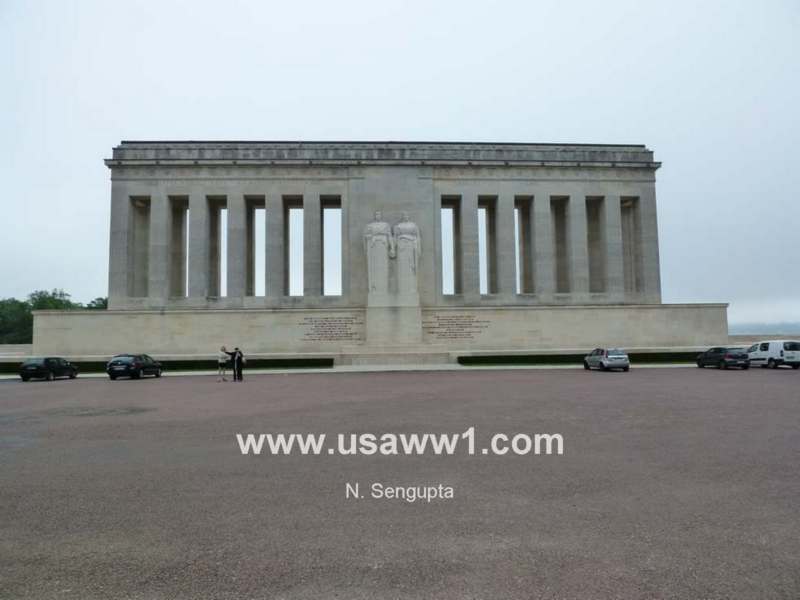
Figure 2: The American Monument on Hill 204 Chateau-Thierry (Narayan Sengupta)
The Allies fought ferociously. First, they learned that the Germans were going to attack on the 15th. Second, the Allied Commander in Chief Marshall Ferdinand Foch ordered a 2:00 am preemptive artillery attack catching many Germans out in the open awaiting their own attack and demoralizing them in the process. Even then, the Germans advanced for a while. But Allied resistance stiffened, and soon the Germans were stopped. Then came the Allied counterattack supported by over 300 little Renault FT-17 tanks, each armed with either a 37-mm cannon or a machinegun, giving the Allies real mobile firepower. All this proved a winning combination.
The German offensive had been dented and then repealed. Victory to the Allies. And it was an important one. It was the turning point of the war. For the Germans, it had been their last offensive. Now the Allies would go on the offensive and advance until November 11, 1918. By August 5, they would advance 25 miles from Chateau-Thierry, one of the best advances since 1914. Even then the French lost 95,000 men in the advance in this sector, the British over 16,000, the Italians about 9,000, and the Americans 12,000. The Germans losses were similar: 139,000. Thanks to their tough resistance in Chateau-Thierry, the US 3rd Division picked up the nickname "Rock of the Marne," a name they use to this day.
The American monument provides a wonderful view east of the city of Chateau-Thierry and a great vantage point to imagine the battle and its results. On the reverse side of Hill 204 is the town of Vaux. American and German artillery literally pulverized Vaux while they were fighting over it.
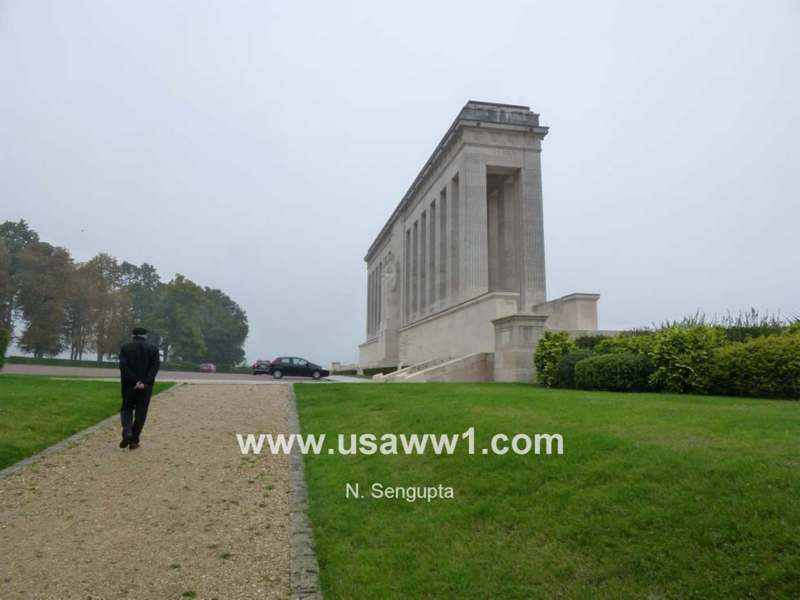
Figure 3: The grounds (Narayan Sengupta)
It is worth a nice leisurely stroll around the monument's large manicured grounds. The grass is eternally green, an evolutionary fluke that permits it to survive during the harsh French winter months. Meanwhile, I'm envious that my own grass stateside goes dormant.
The monument is a double-colonnade design. At the center on one side are two massive feminine stone figures symbolizing America and France and their very long friendship. On the other is a giant American eagle sitting behind a stylized shield. Inscriptions around the top of the monument list sites of battles: Vaux, Fismes, Belleau Wood, Juvigny, Mezy, Fismette, Berzy-le-Sec, Trugny, La Croix Rouge Farm, etc.
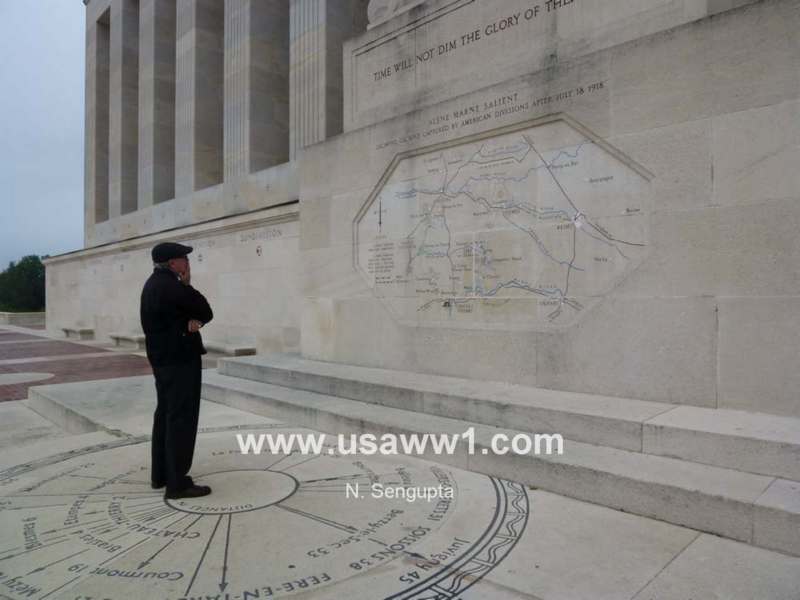
Figure 4: Looking at the map (Narayan Sengupta)
Now they are footnotes, but back then, they were in the news, and the Americans shed a lot of blood in these little places. Inscriptions around the base list the units that fought in the Aisne-Marne salient from late May to early August, meaning the US 1st, 2nd and 3rd Divisions, I and III Corps, and the 28th, 32nd, 42nd, 77th and 83rd Divisions. There are longer inscriptions in English and in French. One interior wall inscription reads in all caps:
In late May 1918 the German army made a surprise attack along the Aisne River and advanced rapidly toward the Marne. Allied reinforcements were hurriedly brought up, including the 2nd and 3rd American divisions which went into position directly across the German line of advance toward Paris.
After severe fighting these divisions definitely stopped the progress of the attack on their front and the lines stabilized, the German forces having driven a deep salient roughly defined by Reims, Chateau-Thierry and Soissons, into Allied territory.
The last German offensive on the war, on July 15, included an attack in the eastern part of this salient and there the 3d American division and elements of the 28th were important factors in the successful defense of the allied positions.
On July 18 the Allied troops began a general counteroffensive against the whole salient in which the 1st, 2d, 3d, 4th, 26th, 28th, 32d and 42d American divisions, most of which served under the I and III corps, took a brilliant part.
This offensive was a complete success, and by August 6 the enemy had been driven beyond the Vesle River. Later the 4th, 28th, 32d and 77th American divisions and elements of the 3d and 93d played a prominent role in the desperate fighting on the north of the Vesle.
Of the 310,000 American soldiers who fought in these 0perations, 67,000 were casualties.
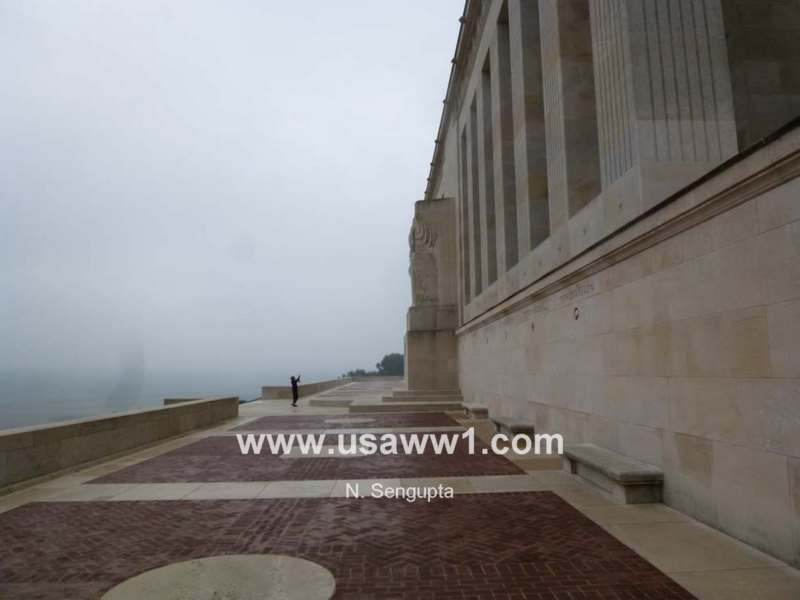
Figure 5: Photographing the monument (Narayan Sengupta)
Later we descend by car into Chateau-Thierry via the Avenue de Paris. The Avenue de Paris becomes the Avenue Jules Lefebvre, Chateau-Thierry's main road. It runs by the Marne. On it in the center of town is a monument to the US 3rd Division - Rock of the Marne - which has a 1:2 scale wicker biplane in front of it. I was really curious about why it was there. The tail evoked a Nieuport 28. And sure enough, I was later told this was an homage to killed American flier (and son of the ex-President) Quentin Roosevelt. The 3rd Infantry fought twice in Chateau-Thierry: once in World War I, and again in World War II. The original monument was destroyed in WWII, so what you see is the new one. Other units like the US 4th Division also fought in France twice. The 4th, for instance, led the D-Day invasion at Utah Beach on June 6, 1944.
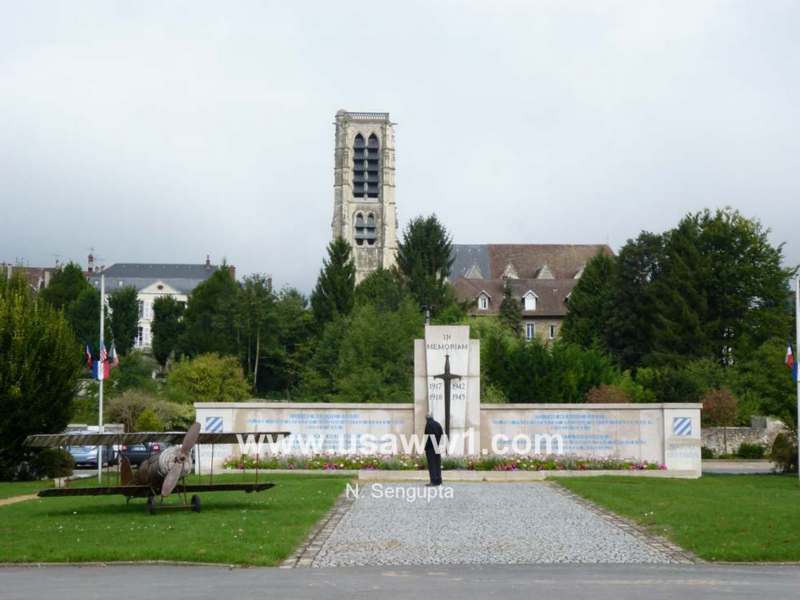
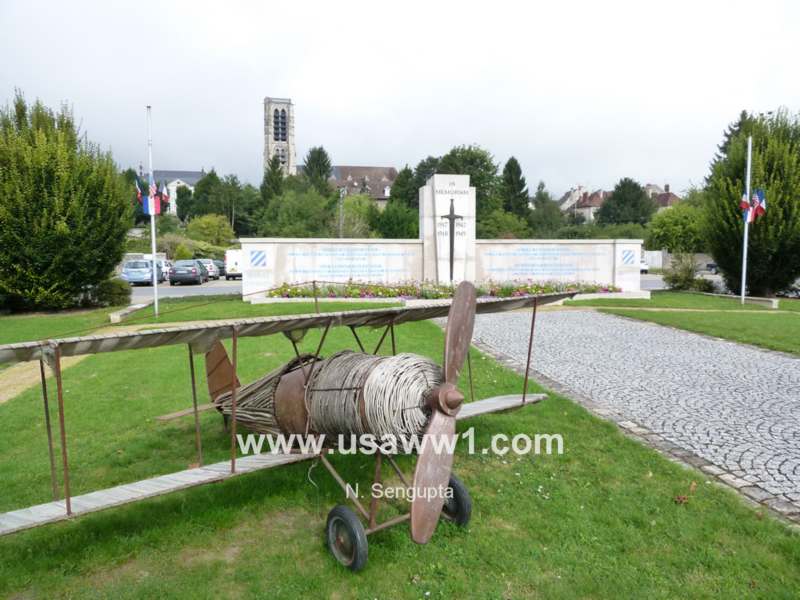
Figures 6A, B: Chateau-Thierry by the Marne: Quentin Roosevelt Monument and US 3rd Division Monument (Narayan Sengupta)
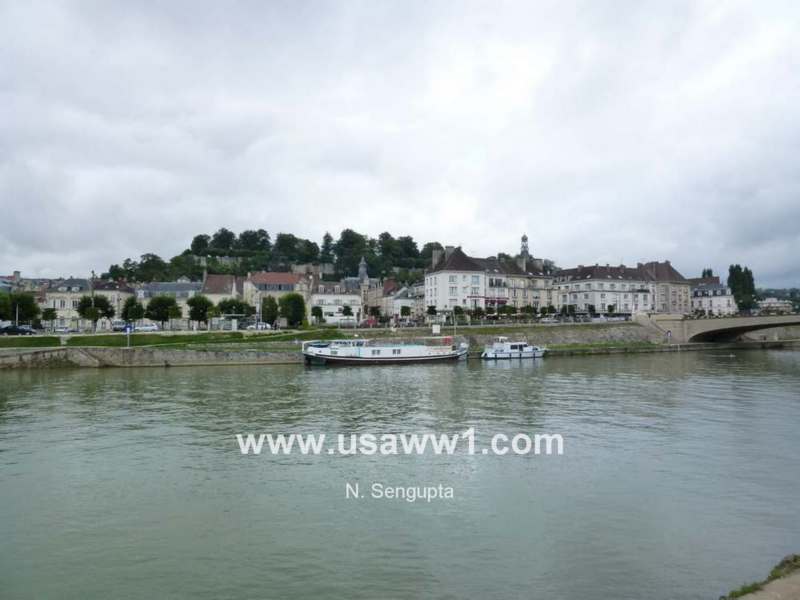
Figure 7: Chateau-Thierry and the Marne River; the ramparts are in the woods at left above the city (Narayan Sengupta)
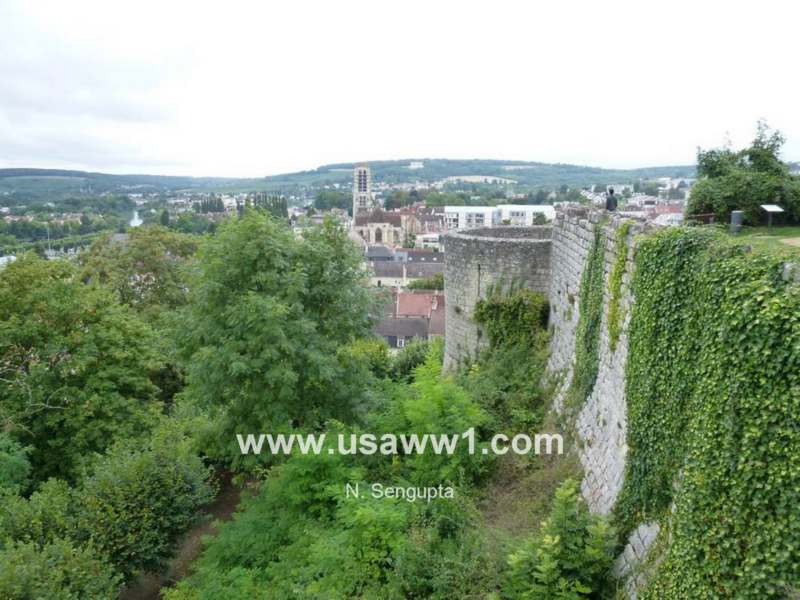
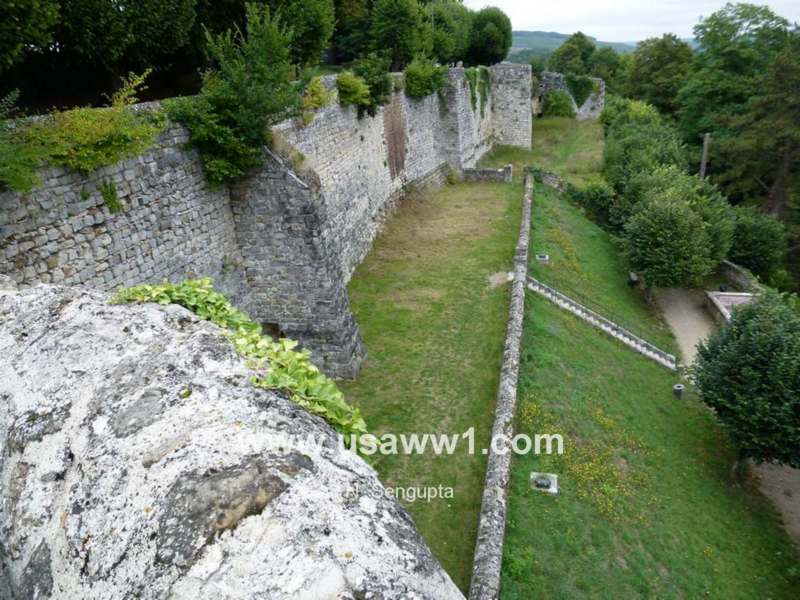
Figures 7B, C: Chateau-Thierry - details from ramparts(Narayan Sengupta)
Today Chateau-Thierry is a bucolic, sleepy and pretty town of 15,000 people tucked into a gentle bend of the Marne River. It was devastated in 1918. Practically not a single home was left intact. Roofs and walls and windows were all wrecked. But now, on the town's main square is a beautiful little American church, a cinema and the repaired Hotel de Ville (City Hall). The church was built in 1922 as the American Memorial Church of Chateau-Thierry. Americans who had lost family members in the war made donations to have it built in their memory. Even in the overcast light, a splendid stained glass window facing the square catches my eye. I see American and French flags and historical figures - Washington, Lafayette, Pershing and various American and French soldiers symbolizing the arc of friendship spanning the American Revolution to World War I.
Continued: see Visiting Chateau-Thierry and Belleau Wood, page 2.
If you have questions about trip planning to explore the World War I battlefields of France, then email me at info@usaww1.com. Bon voyage, Narayan Sengupta.
Narayan Sengupta is the author of books such as "American Eagles: The Illustrated History of US World War I Aviation", "Lafayette Escadrille", "POW Stories" and "Disaster at Dieppe". To order them or to read more of his writing, see http://www.usaww1.com/History-of-the-United-States-Air-Service.php5 .
Narayan Sengupta writes books and articles about World War I, World War II and other historical subjects. To learn more, see his www.USAWW1.com website.
Back to Top.
Welcome/Home Contact Us AEF Maps Build Up
Battle of Seicheprey Battle of Cantigny Belleau Wood Chateau-Thierry St. Mihiel Offensive Meuse-Argonne Offensive Armistice
Visiting Visiting Chateau-Thierry & Belleau Wood
Lists/Tables US Infantry Divisions US Tank Battalions
Links to My Other Websites American WWI Aviation Renault FT-17 75mm Gun Verdun photos
Links to www.USAWW1.com AEF Speaker
AEF Resources (Links, etc.) Other Links
